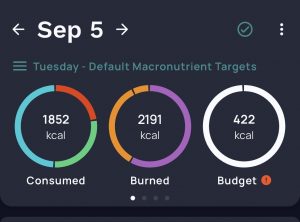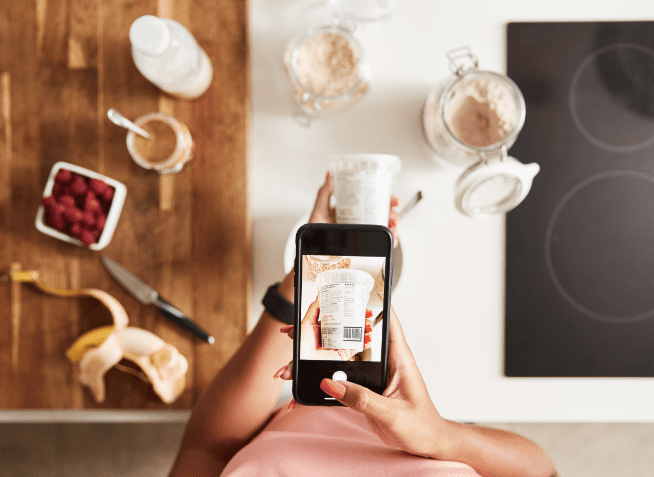Tracking Nutrition Without Calories
How does one effectively track their nutrition while avoiding counting calories? We’ve seen this question pop up a few times recently, which is why we figured there may be others who could benefit from a few suggestions that help to shift focus away from calories and onto a more holistic approach.
One of our core values at Cronometer is transparency – and that means leaning into sensitive topics even when we know they aren’t always easy to discuss. But, it’s important to us that you understand we aren’t just here to support you when it’s easy. We want you to know we are showing up for you all of the time – we truly believe we’re all in this journey of health together!
So, whether you’re looking to avoid counting calories because it triggers unhealthy habits or if they’re plain old just not useful for you, read below for suggestions on how to reduce the focus on calories from your Cronometer account.
Hide The Energy Summary

You can easily eliminate the whole energy summary section of the diary header, so you will no longer see those three consumed, burned and remaining rings. This will make your macronutrient targets appear on the first slide of the diary header.
On the mobile app navigate to Settings > Display > and toggle off ‘Show Energy Summary’. On the web app navigate to Settings > Display and toggle off ‘Calories Summary in Diary’.
For more tips about your display on mobile, check this user manual article.
Hide 'Energy' From Your Nutrient Targets

This will eliminate the Energy (kcal) section from the macronutrient diary header. You’ll still see protein, carbs and fats in this section. Making this change will also remove calories from your Nutrition Report.
On mobile, navigate to Settings > Targets > Nutrient Targets > General > and toggle off ‘visible’ under the Energy section. On the web app, navigate to Settings > Profile + Targets and scroll to the bottom Nutrient Targets section. Unclick ‘visible’ in the Energy row.
Hide The Energy Consumed Graph

If you’re a data nerd like us and love the Charts section of the app but don’t want to see the Energy Consumed graph, you can choose not to display it.
On the mobile app, navigate to Home > Charts (at the top) > Manage Charts then toggle off ‘Energy Consumed (kcal). On the web app, navigate to Trends > Charts > Manage Charts then unclick the ‘Energy Consumed’ box.
If You're A Gold Subscriber
Remove Or Change Your Summary Column

If you’re a Gold subscriber, you can remove or change your summary column, which is the number that shows on the right hand side of all food entries. You can change this to a single nutrient, like protein, or choose to remove it altogether.
On the mobile app, navigate to Settings > Display > Summary Column. On the web app, navigate to Settings > Display and in the Diary – General section, change ‘Diary Summary Column’. To remove it altogether, pick ‘Select A Nutrient’ at the top.
Remove Or Change Your Diary Group Subtotals
Also, if you’re a Gold subscriber with Diary Groups enabled, you can change what appears the diary group subtotals – the numbers that summarize the entries in an entire Diary Group.
On the mobile app, naviagte to Settings > Display >Diary Settings and tap ‘Show Group Subtotals’. On web, navigate to Settings > Display and scroll down to the Diary Groups section. Select your desired metrics with the ‘show diary group subtotals’ dropdown.
If You're A Client Of A Pro
If you’re managed by a nutritionist, trainer or dietitian who is using Cronometer Pro, you can ask them to turn on ‘Restrict Mode’.
Be Well
Never be afraid to get in touch about any of this! We are here with no judgment, no questions – just answers and support. Be well.
Need some extra support? Please check out these resources to get help!




